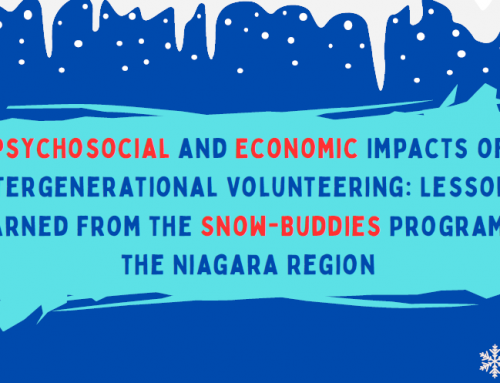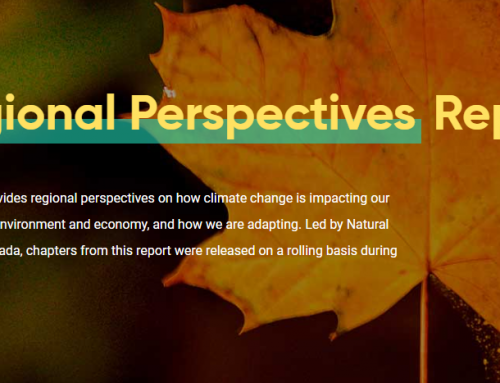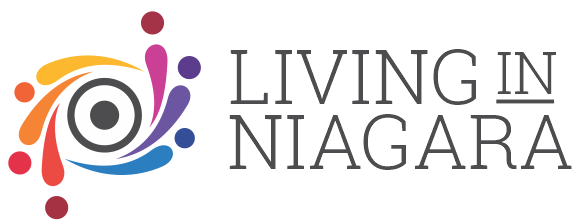In Canada, a living wage is currently a voluntary commitment that can be made by public, private and not-for-profit sector employers to compensate directly-employed and contract-employed full-time and part-time workers. It is a guide for employers who wish to pay fairer wages for work and labour. Fairer wages are wages that allow a family to be able to meet their basic household cost of living needs, as well as to be included in the mainstream community; in other words, an inclusive wage.
A living wage is not the same as the minimum wage, which is the legal minimum all employers must pay. The living wage sets a higher test – it reflects what earners in a family need to be paid on an hourly basis based on the actual costs of living and being included in a specific community. The living wage is calculated as an evidence-based hourly rate at which a household consisting of two working parents with two children can meet its basic needs, once government transfers.
Calculating a living wage provides an opportunity for a community to:
- discuss work, wages, and compensation in different ways;
- act as a guide for employers who want to ensure their workforce can adequately meet their family’s basic household cost of living and community inclusion needs.
The hourly living wage for Niagara region was established as $17.99 for 2018.
This brief provides context on the living wage calculation for Niagara region in 2018, a description of the methodology used to calculate a living wage, and a look at who could implement a living wage.
This brief builds on previous publications from 2016 and 2017.
Additional information can be found in this related document, Calculating the Cost of Living in Niagara Region 2018.
Published By: Niagara Poverty Reduction Network
Publication Date: November 2018
View Calculating the Living Wage in Niagara Region 2018








